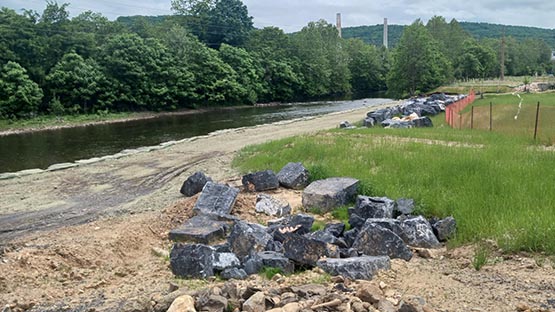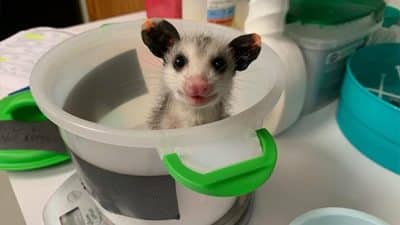
Two current first-year students at Virginia Tech were part of the project. They were members of a five-person team that designed an award-winning NASA project that addresses one of the most significant dangers of human space flight: radiation exposure.
Anna Montgomery of Hampton, a first-year student majoring in geoscience in the College of Science, and Christopher Dobyns, also of Hampton, a first-year student majoring in general engineering in the College of Engineering, created the radiation shield on Team American Radiation Eradication in Space (Team ARES) for NASA’s Exploration Design Challenge.
Worldwide, nearly 160,000 students participated in the year-long competition, contributing 46 formal designs. The Exploration Design Challenge, sponsored by NASA, Lockheed Martin, and the National Institute of Aerospace, is designed to engage students by inviting them to create projects related to radiation exposure.
Team ARES was declared the winner in April, and their project took flight on Dec. 5. They collaborated with the NASA and Lockheed Martin spacecraft integration team to have their project approved for spaceflight, andOrion launched into orbit for its Exploration Flight Test-1.
During the flight test, Orion flew through a dense radiation field surrounding the Earth to prepare for the first crewed mission.
Team ARES’s project, called the Tesseract, utilized tiny sensors that measure the amount of radiation penetrating the shield at various depths.
The team members anticipated the challenge would take a week to complete, but, a year and a half in, Montgomery said, “We were clearly mistaken about the time commitment.”
“For us, the project isn’t done yet,” said Montgomery.
The Tessaract’s radiation sensors have done two orbits around the Earth in the Orion capsule and have been sent off to Oklahoma State University to measure results. Montgomery said the next step is for the Team ARES to write about the effectiveness of their design.
“You are outstanding examples of the power of American innovation,” said NASA Administrator, Charles Bolden, in his address to Team ARES. “Your passion for discovery and the creative ideas you have brought forward have made us think and have helped us take a fresh look at a very challenging problem on our path to Mars.”
Montgomery and Dobyns’ team consisted of three other students who now attend the University of Virginia and William and Mary.
Montgomery lives in West Ambler Johnston hall, a residential college on campus that is focused on linking the experiences inside and outside of the classroom.
“Living in the living-learning community has been such a good experience because the entire purpose of the building is to help students feel comfortable, join a community of great people inside of the much larger community of Virginia Tech, and, in the end, just to excel,” said Montgomery.
“The type of collaborative, interdisciplinary work that Anna and her colleagues did in high school fit so well with the ideas behind the Residential College,” said Matt Gabriele, faculty principal of the Residential College at West Ambler Johnston. “The best projects come from spaces that allow people from different backgrounds, bringing different perspectives, to talk to one another.”










